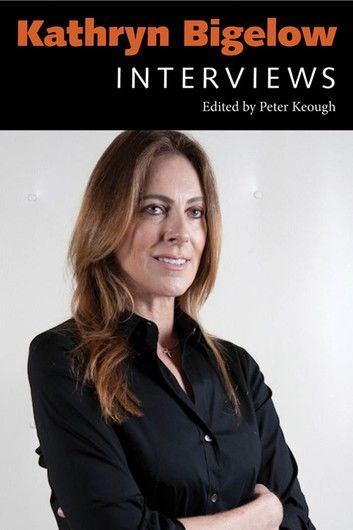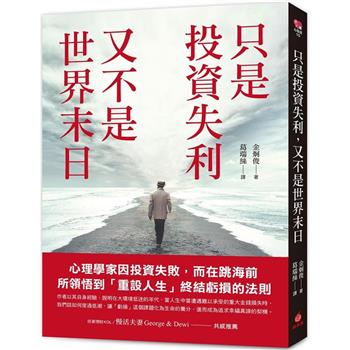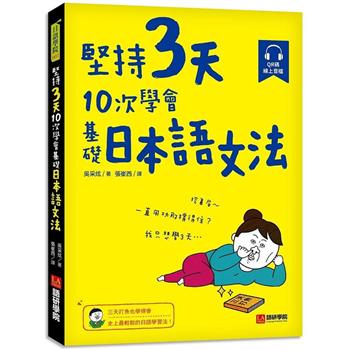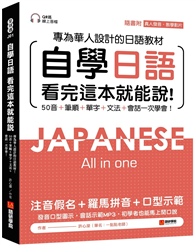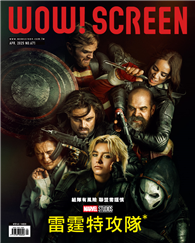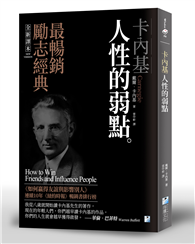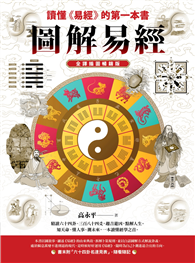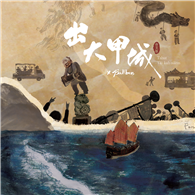With her gripping film The Hurt Locker, Kathryn Bigelow (b. 1951) made history in 2010 by becoming the first woman to win an Oscar for Best Director. Since then she has also filmed history with her latest movie, which is about the mission to kill Osama Bin Laden.
She is one of Hollywood's brightest stars, but her roots go back four decades to the very non-Hollywood, avant-garde art world of New York City in the 1970s. Her first feature
The Loveless (1982) reflected those academic origins, but subsequent films such as the vampire-Western
Near Dark (1987), the female vigilante movie
Blue Steel (1989), and the surfer-crime thriller
Point Break (1991) demonstrated her determination to apply her aesthetic sensibilities to popular, genre filmmaking.The first volume of Bigelow's interviews ever published, Peter Keough's collection covers her early success with
Near Dark; the frustrations and disappointments she endured with films such as
Strange Days (1995) and
K-19: The Widowmaker (2002); and her triumph with
The Hurt Locker. In conversations ranging from the casual to the analytical, Bigelow explains how her evolving ambitions and aesthetics sprang from her earliest aspirations to be a painter and conceptual artist in New York in the 1970s, and then expanded to embrace Hollywood filmmaking when she was exposed to renowned directors such as John Ford, Howard Hawks, Don Siegel, Sam Peckinpah, and George Roy Hill.
